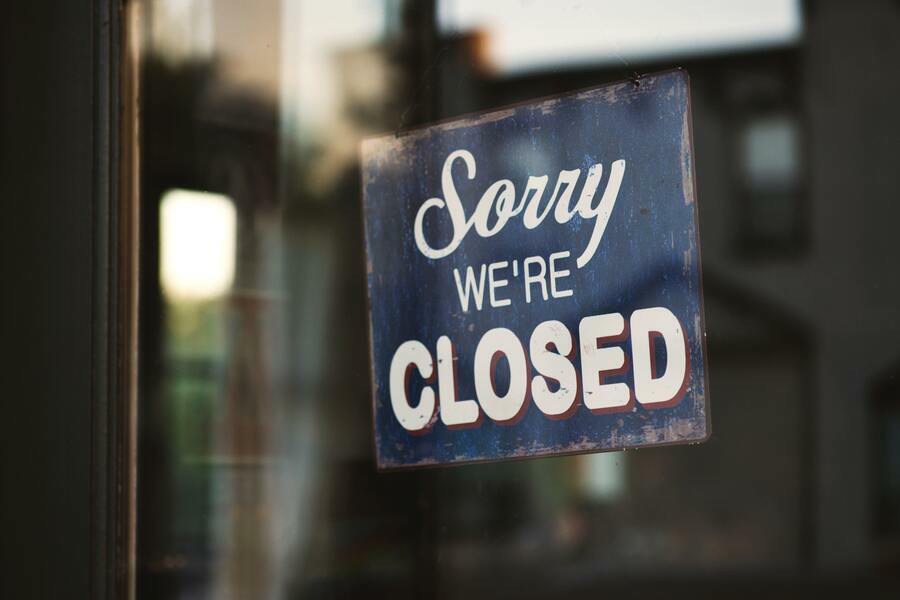
If you are wondering why this particular subject came up for this time around, it is because I was told a great success story recently in the wake of Covid lockdowns across the globe. It seems that a restaurant with a long history in a town getting really hammered by Covid lockdowns was in danger of closing their doors after more than 50 years in business. They had become a bit complacent in how they did business, in the amount of product they allowed employees to give away and in not paying enough attention to their food and beverage losses.
Access the key numbers and KPIs
If you looked at their recipes and costing, everything looked ok, but the problem was that simply wasn’t the whole story. As a cost-saving measure, they switched over to a new Point of Sales system – one that factored promotions costs in when determining margin (having a 60% gross margin on paper doesn’t actually exist if you are giving a 20% discount). The new POS system forced them to relook at how they did business, and how they tracked business – their stock, their margins, how long items sat on the shelf, etc. The Point of Sales System didn’t do it alone, the management had to look at the numbers and make decisions on what worked and what didn’t, but it did give them the data they needed to look at their business in a different light. This restaurant credits the POS system for saving their business but I think the management team deserves the credit for saving the business. The Point of Sales system just gave them the tools, daily, in realtime, to do so and act accordingly.
Trust and accountability
 In any bar or restaurant, theft is always a possibility. It can take many forms – employees skimming from the till, drinking or eating on the job beyond that authorized, taking product home (from a bottle of Jack to a rack of ribs), selling products for cash, giving friends/regulars unauthorized discounts. Three methods are commonly used to reduce theft by staff – blind counts, stock checks and CCTV. Although they may not entirely eliminate loss to employee theft, they will dramatically reduce it. One more method which helps sometimes is to hold employees accountable for loss in their area of responsibility – a bartender whose bar is short three beers pays for the three beers, a chef who is missing a kilo of rice pays for the rice. Of course, the threat of prosecution may also help.
In any bar or restaurant, theft is always a possibility. It can take many forms – employees skimming from the till, drinking or eating on the job beyond that authorized, taking product home (from a bottle of Jack to a rack of ribs), selling products for cash, giving friends/regulars unauthorized discounts. Three methods are commonly used to reduce theft by staff – blind counts, stock checks and CCTV. Although they may not entirely eliminate loss to employee theft, they will dramatically reduce it. One more method which helps sometimes is to hold employees accountable for loss in their area of responsibility – a bartender whose bar is short three beers pays for the three beers, a chef who is missing a kilo of rice pays for the rice. Of course, the threat of prosecution may also help.
10 points impacting loss
A few standard things that you can do that will significantly impact loss:
- Standardize shots and recipes – variations in how cocktails or food items are made make it very difficult to manage loss because you can’t tell if loss is variation in how the product was made or in theft.
- Set procedures that reduce drinks or orders that aren’t entered in your POS – an example is to require bartenders to only make drinks that appear on a bar ticket from the Point of Sales software.
- Put your entertainment/PR buys into the Point of Sales system – Make such items accountable. Make sure all promotion items are accounted for in the stock system.
- Track the cost of promotions and its effect on your bottom line – Use a system that strictly controls promotions.
- Know your margin per item – not just overall. Recognize what your most popular dishes and drinks are and what you make on them – with and without promotions.
- Run shifts and account for your income by shift – If you are a busy place that collects a lot of cash, the shift changes give you a perfect time to do a deposit of the cash accumulating in your cash drawers.
- Pay attention to void and credit back amounts – both of these are commonly used for theft.
- Don’t overbuy perishables – If you see that you are ordering a lot of fresh vegetables, etc. but simply don’t have the turnover to justify that volume? Check if someone isn’t taking food home.
- Design your menu to maximize ingredient use and reuse – This may seem like a simple thing, but it always amazes me to see a restaurant with a dish on their menu that is the sole user of a perishable ingredient.
- Buy what you sell, not what you get a good deal on – Buying stock that just sits in your freezer or on a shelf is not making you money, it is losing you money.
We hope this was helpful. Using a POS system, like YourPOS, gives a business full insight on all numbers. Check out the POS Features.





